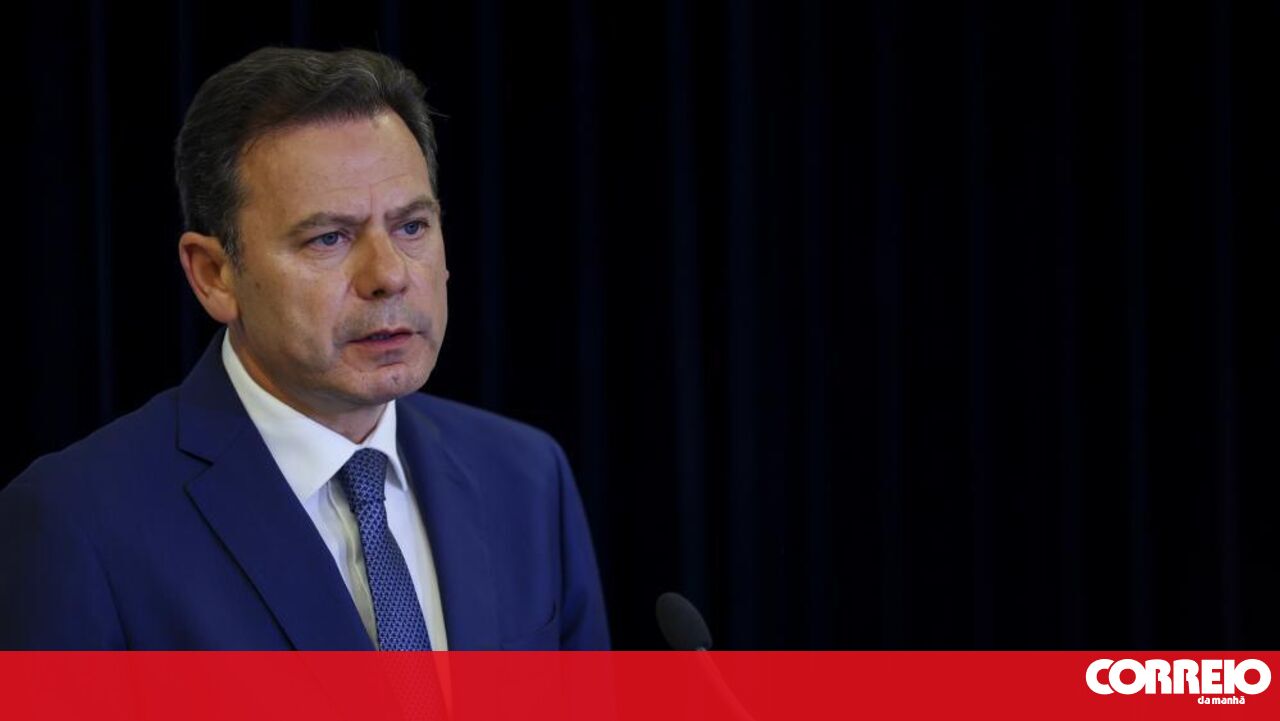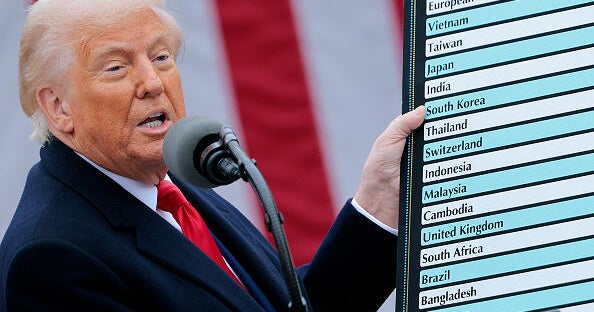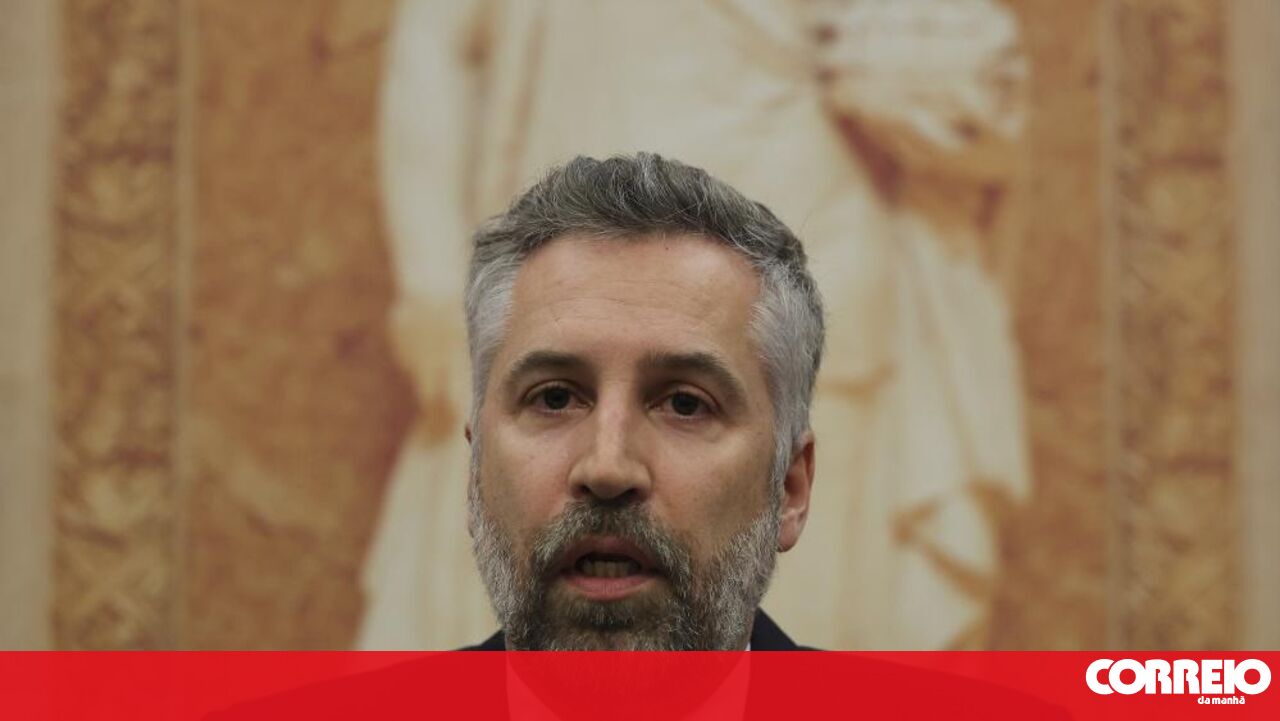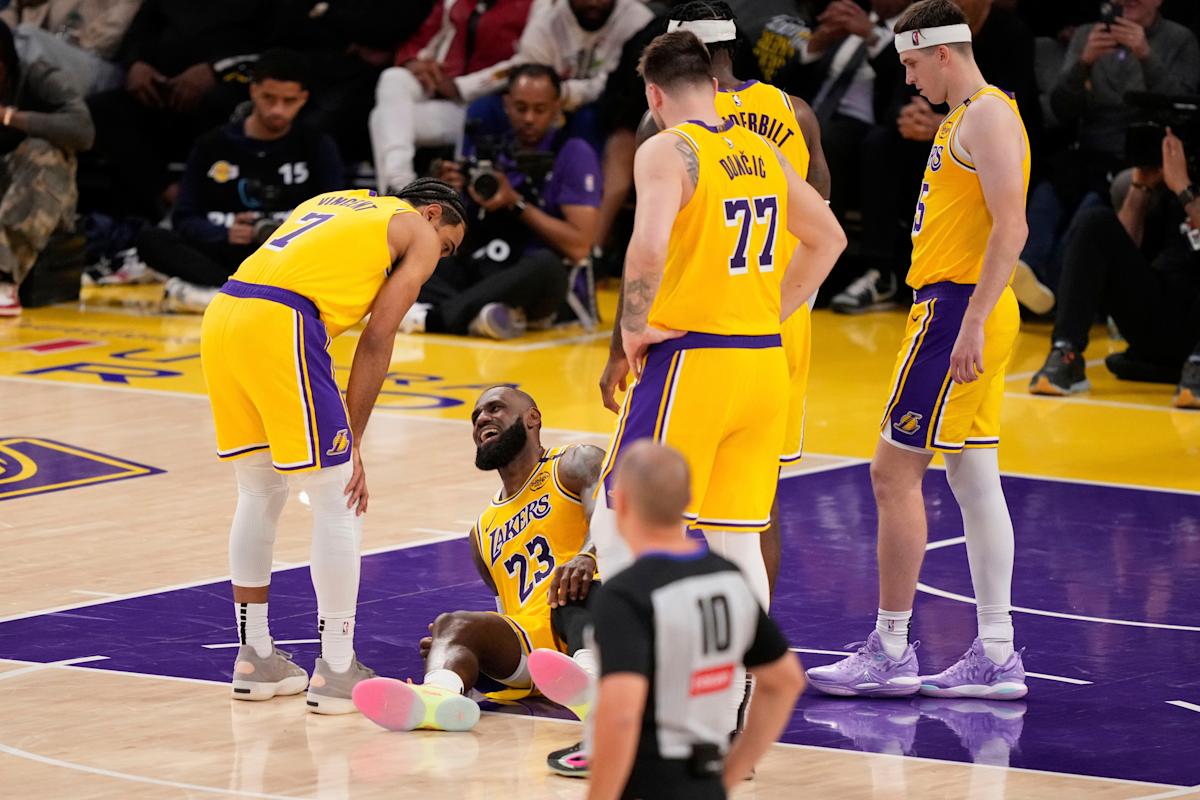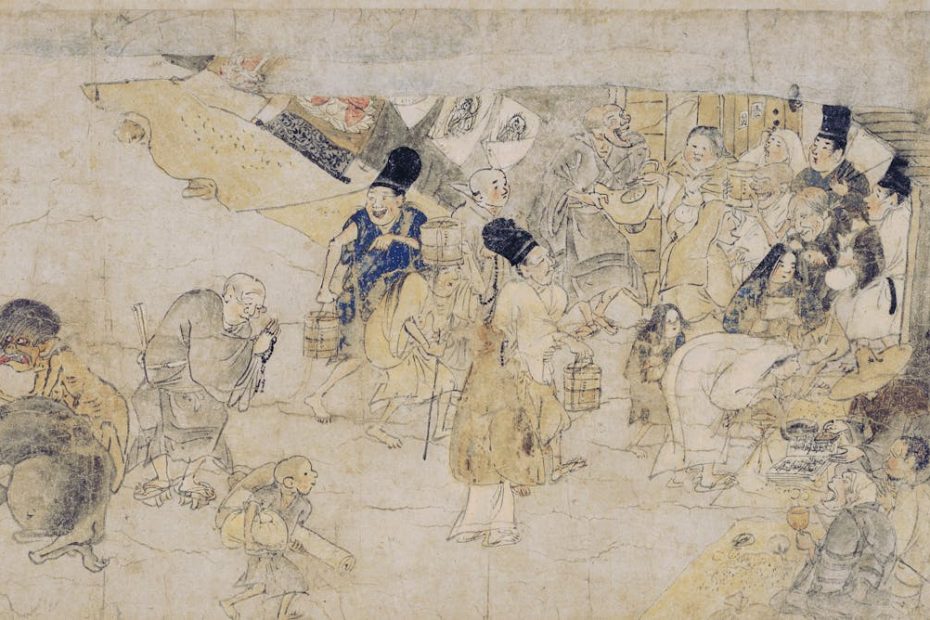What the Dead, the Bizarre, and the Monster Tell Us About Humanity
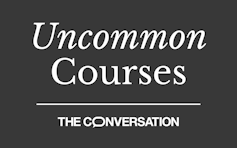
“Uncommon Courses” is an occasional series from The Conversation US that focuses on non-traditional teaching methods.
Course name
Ghosts, zombies and monsters: What we fear and loathe in religion
What sparked the idea for this course?
I am an expert on Tibetan Buddhism, women, and gender, but not on ghosts, zombies, and monsters. However, my experience teaching introductory courses on Asian religions and religious studies has led me to address the challenge of teaching students the importance of understanding those we consider “other” and accepting those things that do not make sense.
These terrifying “non-human” creatures live on the borders of our moral, social, and emotional imaginations, often embodying the issues, concerns, hopes, and fears that shape our lives. As such, they are ideal teaching candidates for challenging preconceived notions about death, self, and others.
What does the course explore?
The course is divided into three thematic sections. First, we reflect on ghosts, examining how different cultures offer specific definitions of death and imaginings of the afterlife. We read about Buddhist hungry ghosts or “pretas” as well as Chinese ghost stories. We also explore airport hauntings in Thailand and the experiences of ghost hunters in North America. Ghosts are often thought of as beings that are unable to transition to an ideal afterlife and linger in a liminal state, interacting with and haunting the living.
Second, we examine zombies. According to monster theorist Jeffrey Jerome Cohen, they are considered another type of liminal creature, one that is believed to be alive but has lost the unique story that made them unique individuals. We explore the Haitian origins of zombies and the phenomenon of the “uncanny valley,” the eerie feeling we can experience when encountering something that seems nearly human but isn't quite human.
Finally we come to the monsters. Monster theory and the study of monstrous creatures as a cultural category have developed into a thriving field of study in recent decades. This opens up many avenues for exploring creatures that are often thought of as distinct from humans.
The course considers monsters as catastrophic animals, sexual beings, exiles from religious communities, and names used in news reports to describe people who have committed particularly disturbing crimes. We ask questions like why some animals are more likely to be seen as scary or malicious than others, and what's gained or lost by calling someone a “monster.”
Why is this course relevant now?
Ghosts, zombies and monsters are as ancient and modern as the humans who live with them. We may never stop feeling fear, disgust, or seeing some of us as “monsters.” Yet at a time when fear, disgust, and labels play an unusual role in shaping relationships in our own communities, I think there is an urgent call to reflect critically on how we engage with difference and otherness. Monsters and demons also end up occupying a place where boundaries are constantly being pushed and redrawn. What was once scary may no longer be scary, and vice versa.
What are the key lessons from this course?
This course highlights what is commonly demonized, marginalized, or invisible in religious traditions around the world and explores what aspects of ghosts, zombies, and monsters shock and arrest us. One lesson students take away from the course is that our fears and fears are always culturally and contextually specific. In other words, ghosts, zombies, monsters are also reflections of ourselves.
What materials are included in the course?
We watched three movies, one from each part: Masaki Kobayashi's “Kwaidan,” Jordan Peele's “Get Out,” and Penny Lane's “Hail Satan?” 》
Students will also become familiar with a variety of serious and humorous stories about ghosts, zombies, and monsters, from the supernatural story collection Strange Tales from a Chinese Studio to Key and Peele's sketches about Satan or the zombie apocalypse, and Haruki Murakami's short story ” Super Frog Saves Tokyo”.
What will this course help students do?
Good storytelling plays a vital role as it allows us to temporarily inhabit another imagined world. Many of my students demonstrate their storytelling talents in class and we walk around the room sharing scary stories. In telling each other's stories, we begin to understand and navigate our differences.
After taking this course, students will not become professional demon tamers or ghost hunters. Rather, I hope they leave with a new appreciation, if not tenderness, for creatures and things they were initially afraid of or found repulsive.

